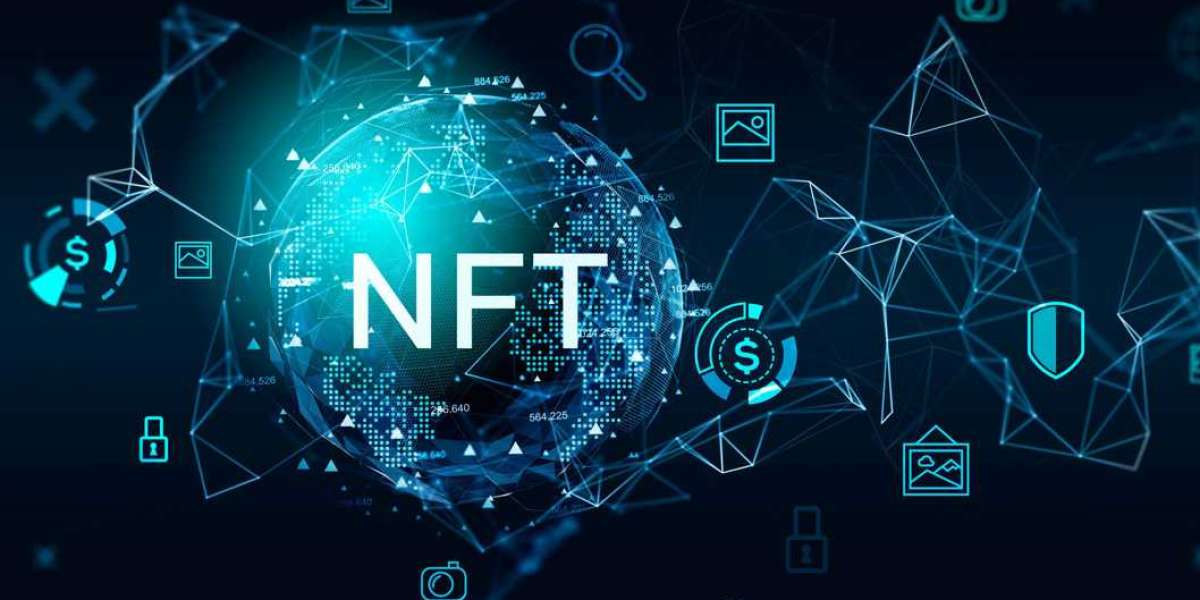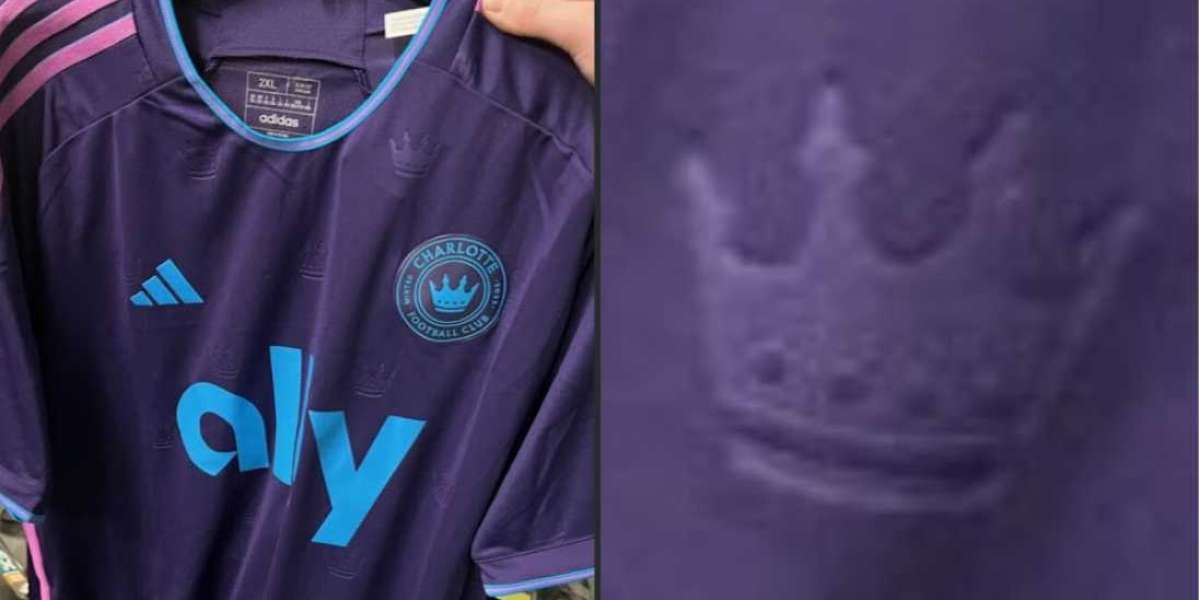The world of non-fungible tokens (NFTs) has exploded in popularity in recent years, with many artists, musicians, and creators turning to NFTs as a way to monetize their work and connect with fans.
In this blog post, we'll take you through the basics of what an NFT marketplace is, how it works, and what you need to consider when building one. We'll cover everything from the technical aspects of building an NFT marketplace to the legal and regulatory requirements you need to be aware of. So let's get started!
What is an NFT Marketplace?
An NFT marketplace is a platform that allows creators to sell their non-fungible tokens (NFTs) to buyers. NFTs are unique digital assets that are stored on a blockchain, which is a decentralized and distributed digital ledger. Because they are stored on a blockchain, NFTs are immutable, meaning they cannot be altered or duplicated. This makes them ideal for creators who want to sell unique and valuable digital assets, such as art, music, or collectibles.
When a creator sells an NFT on a marketplace, the buyer receives a digital certificate of ownership that proves they are the rightful owner of the asset. This certificate is also stored on the blockchain, which provides a permanent and transparent record of ownership.
How Does an NFT Marketplace Work?
An NFT marketplace works like any other e-commerce platform, with buyers and sellers coming together to exchange goods and services. Creators can create and upload their NFTs to the marketplace, setting their own prices and terms of sale. Buyers can browse the marketplace and purchase NFTs using cryptocurrency, such as Ethereum, which is the most popular blockchain for NFTs.
When a buyer purchases an NFT, the transaction is recorded on the blockchain, and the ownership of the NFT is transferred from the creator to the buyer. The creator receives payment in cryptocurrency, which can be withdrawn to a personal wallet or exchanged for fiat currency.
What Do You Need to Consider When Building an NFT Marketplace?
Building an NFT marketplace is a complex and challenging process that requires expertise in several areas. Here are some of the key things you need to consider when building an NFT marketplace from scratch:
Technical Architecture:
The first thing you need to consider when building an NFT marketplace is technical architecture. You'll need to choose a blockchain platform to store and manage the NFTs, and you'll need to design and build the platform itself. This requires a deep understanding of blockchain technology, as well as expertise in software development and security.
User Interface:
The user interface (UI) is a crucial element of any e-commerce platform, and an NFT marketplace is no exception. The UI should be intuitive and easy to use, allowing buyers and sellers to navigate the platform and complete transactions quickly and efficiently. This requires expertise in user experience (UX) design and front-end development.
Legal and Regulatory Requirements:
An NFT marketplace is subject to various legal and regulatory requirements, which vary depending on your jurisdiction. You'll need to ensure that your platform complies with all applicable laws and regulations, including those related to intellectual property, data protection, and financial transactions. This requires expertise in legal and regulatory compliance.
Marketing and Promotion:
Finally, you'll need to promote your NFT marketplace to attract buyers and sellers. This requires expertise in marketing and branding, as well as an understanding of the target audience for your marketplace.
How to Build an NFT Marketplace from Scratch
Now that you have an understanding of what an NFT marketplace is and what you need to consider when building one,
let's dive into the step-by-step process of building an NFT marketplace from scratch:
Choose a blockchain platform:
The first step in building an NFT marketplace is to choose a blockchain platform to store and manage your NFTs. Ethereum is currently the most popular blockchain platform for NFTs, but there are other options such as Binance Smart Chain, Polygon, and Flow. Each blockchain platform has its own unique features and advantages, so you'll need to do some research to determine which one is right for your marketplace.
Design and build the platform:
Once you've chosen your blockchain platform, it's time to design and build your NFT marketplace. This requires expertise in software development, so you may want to hire a team of developers to help you with this process. You'll need to design the UI, develop the back-end infrastructure, and integrate with the chosen blockchain platform.
Ensure legal and regulatory compliance:
As mentioned earlier, an NFT marketplace is subject to various legal and regulatory requirements. You'll need to ensure that your platform complies with all applicable laws and regulations, including those related to intellectual property, data protection, and financial transactions. You may want to consult with a lawyer to ensure that your platform is compliant with all relevant regulations.
Test and launch the platform:
Once you've designed and built your NFT marketplace, it's time to test it thoroughly to ensure that it's working as intended. You'll want to test the platform for functionality, security, and user experience. Once you're satisfied that the platform is working correctly, you can launch it to the public.
Promote your NFT marketplace:
Finally, you'll need to promote your NFT marketplace to attract buyers and sellers. You can use various marketing channels such as social media, email marketing, and search engine optimization to promote your platform. You may also want to partner with influencers and creators to help promote your platform to their audiences.
Conclusion:
Building an NFT Marketplace Development from scratch is a complex and challenging process, but it can be a rewarding endeavor for those who are passionate about NFTs and the blockchain. You'll need to consider several factors when building your platform, including technical architecture, user interface, legal and regulatory compliance, and marketing and promotion. By following the steps outlined in this blog post, you can create a successful NFT marketplace that connects creators with buyers and helps to drive the growth of the NFT ecosystem.



